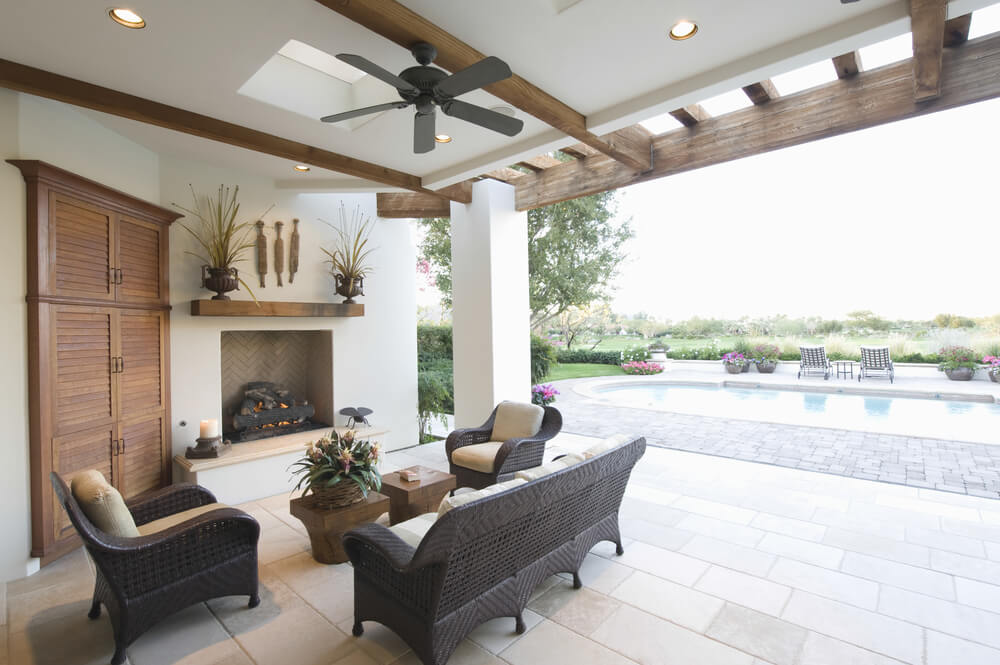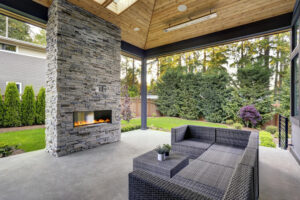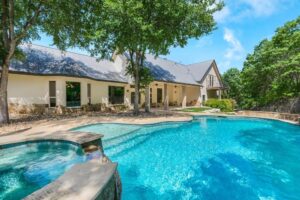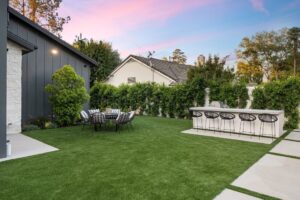In an era where noise pollution is increasingly encroaching on our personal spaces, creating a private and quiet backyard has become essential for maintaining peace and tranquility. As contractors and industry leaders in the roofing and remodeling space, you have the unique opportunity to transform these outdoor sanctuaries into serene escapes through effective sound isolation techniques. Our team at Cricket Pavers are here to help!
From soundproof fencing to strategic greenery, these methods not only enhance the aesthetic appeal but also significantly reduce unwanted noise, offering your clients the perfect retreat. This document will explore various strategies for backyard soundproofing, emphasizing the benefits of soundproofing your backyard and providing actionable insights into soundproofing outdoor patios for optimal backyard noise reduction.
Embrace these techniques to empower homeowners with the peaceful oasis they deserve, while positioning yourself as the trusted advisor and industry leader in creating harmonious outdoor environments.
Understanding Backyard Noise
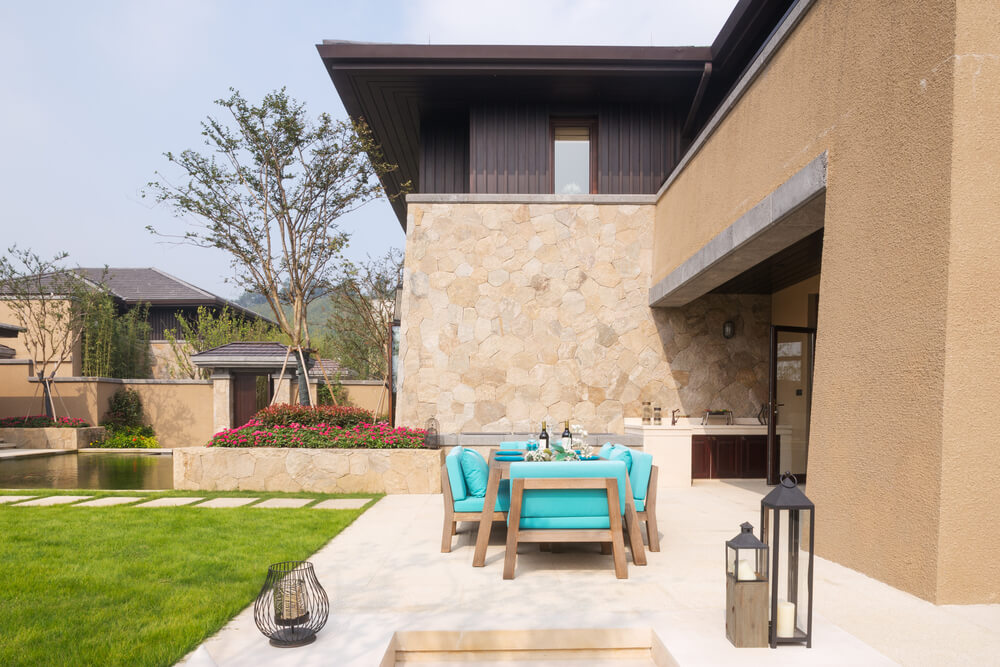
Sources of Outdoor Noise
Outdoor noise can originate from various sources, each contributing to the overall noise pollution in your backyard. One common source is traffic, whether from a nearby highway or a busy street, where the constant hum of engines and honking can be disruptive. Neighbors can also be a source, with activities like lawn mowing, loud conversations, or music adding to the noise. Additionally, urban environments often bring the sounds of construction, sirens, or public transport to your outdoor space.
Nature itself can contribute, with wind rustling through trees or the chirping of birds, though generally more soothing, these sounds can still be considered when aiming for complete tranquility. Understanding these sources is crucial for contractors as it helps tailor sound isolation solutions effectively. By identifying and addressing the specific noise challenges your clients face, you can create a more serene and enjoyable backyard environment for them.
Impact on Relaxation
Noise pollution in outdoor spaces can significantly hinder the ability to relax and rejuvenate. A backyard should be a sanctuary, a place where people can escape the daily grind and enjoy moments of peace.
However, when intrusive sounds permeate the environment, they can disrupt this sense of calm, leading to increased stress levels and decreased enjoyment of the space. Constant exposure to unwanted noise can also affect mental health, causing irritability and fatigue. For homeowners who use their backyards for leisure activities like reading, meditating, or even entertaining guests, the impact of noise can be especially frustrating.
By understanding how noise affects relaxation, contractors can better appreciate the importance of effective soundproofing. Implementing sound isolation techniques not only restores tranquility but also enhances the usability and aesthetic of the backyard, ultimately providing homeowners with a much-needed retreat from the hustle and bustle of everyday life.
Soundproof Fencing Solutions
Materials for Soundproof Fences
Choosing the right materials for soundproof fences is key to effectively reducing noise in a backyard. Solid wood is a popular choice due to its dense composition, which helps absorb sound rather than reflect it. Cedar and redwood are particularly effective, offering both durability and aesthetic appeal. Composite materials, combining wood fibers and plastic, also provide excellent soundproofing benefits while requiring less maintenance. For a modern touch, concrete fences can be highly effective, forming a formidable barrier against noise.
These can be designed with decorative panels to blend with the landscape. Furthermore, incorporating mass-loaded vinyl (MLV) within or on the fence can enhance its sound-blocking capabilities, thanks to its dense yet flexible nature. When selecting materials, it’s important to consider both the acoustic properties and the visual harmony they bring to the outdoor space. By using the right materials, contractors can create fences that not only minimize noise but also enhance the backyard’s overall design.
Benefits of Taller Fences
Taller fences offer significant advantages when it comes to soundproofing a backyard. By increasing the height of a fence, contractors can create a more effective barrier against noise, as sound waves tend to travel along a horizontal path. Taller structures can better obstruct these waves, reducing the penetration of unwanted sounds into the yard. This is particularly useful in blocking noise from street traffic or neighboring properties.
Additionally, taller fences can enhance privacy, providing a more secluded and intimate atmosphere for homeowners. This added privacy is not only beneficial for relaxation but also for outdoor activities that require confidentiality. Moreover, taller fences allow for additional design elements, such as climbing plants or decorative panels, which can further improve both the aesthetic and acoustic qualities of the fence.
Greenery as a Noise Barrier
Strategic Planting Techniques
Strategic planting is a highly effective technique for using greenery as a natural noise barrier. By carefully selecting and positioning plants, contractors can significantly enhance a backyard’s soundproofing capabilities. Dense shrubs and trees are ideal for absorbing sound, especially when planted in layers. Using a mix of evergreen and deciduous plants can provide year-round coverage and noise reduction. Evergreen trees, such as firs and cedars, maintain their foliage throughout the year, offering continuous sound absorption.
Additionally, planting in clusters rather than rows can create a thicker barrier, which is more effective at dampening noise. Ornamental grasses and thick hedges can also be integrated into the landscape to fill gaps and enhance sound reduction. Moreover, incorporating vertical gardens or living walls can maximize space and provide an additional layer of noise insulation.
Best Plant Choices for Noise Reduction
Selecting the right plants is crucial for maximizing noise reduction in a backyard. Evergreen trees like Leyland cypress and Eastern red cedar are excellent choices due to their dense foliage, which acts as a natural sound barrier throughout the year. Bamboo is another effective option, known for its rapid growth and dense structure, making it ideal for creating a quick, natural barrier.
Holly bushes are also beneficial, offering thick coverage and attractive red berries, adding both aesthetic and acoustic value to the landscape. For smaller spaces, ornamental grasses such as Miscanthus or Pampas grass can be used effectively; they sway gently in the wind, creating soothing sounds that help mask unwanted noise.
Additionally, climbing plants like ivy or honeysuckle can be grown on trellises or fences, providing an extra layer of noise reduction.
Enhancing Tranquility with Water Features
Types of Water Installations
Incorporating water features into a backyard can significantly enhance tranquility by masking unwanted noise with soothing sounds. Several types of water installations are particularly effective for this purpose. Fountains, for instance, are versatile and can be tailored to fit various garden styles, from classic tiered designs to modern, minimalist structures. They provide a gentle splashing sound that can drown out background noise.
Ponds are another option, offering a reflective, calming presence and the potential to support aquatic life, which can further enrich the garden’s ecosystem. Waterfalls, whether standalone or integrated into a pond, create a continuous cascade of water that generates a consistent, relaxing sound. Bubbling rocks or urns offer a more subtle auditory experience and can be ideal for smaller spaces.
By thoughtfully selecting and placing these water features, contractors can create a peaceful retreat that not only enhances the backyard’s aesthetics but also contributes to effective noise reduction.
Benefits of Water Features
Water features offer numerous benefits that extend beyond their aesthetic appeal, playing a critical role in enhancing backyard tranquility. Their primary advantage is the production of white noise, which can mask unwanted sounds such as traffic or neighborhood chatter. This creates a more serene environment, allowing homeowners to enjoy their outdoor spaces without distractions. Additionally, the presence of water features can improve air quality and increase humidity, which is particularly beneficial in arid climates.
The calming effect of moving water also promotes relaxation and can help reduce stress, making these features a valuable addition for mental well-being. Water features can attract wildlife, such as birds and beneficial insects, contributing to a vibrant and dynamic garden ecosystem. Moreover, they can serve as focal points in landscape design, adding depth and interest to the space.
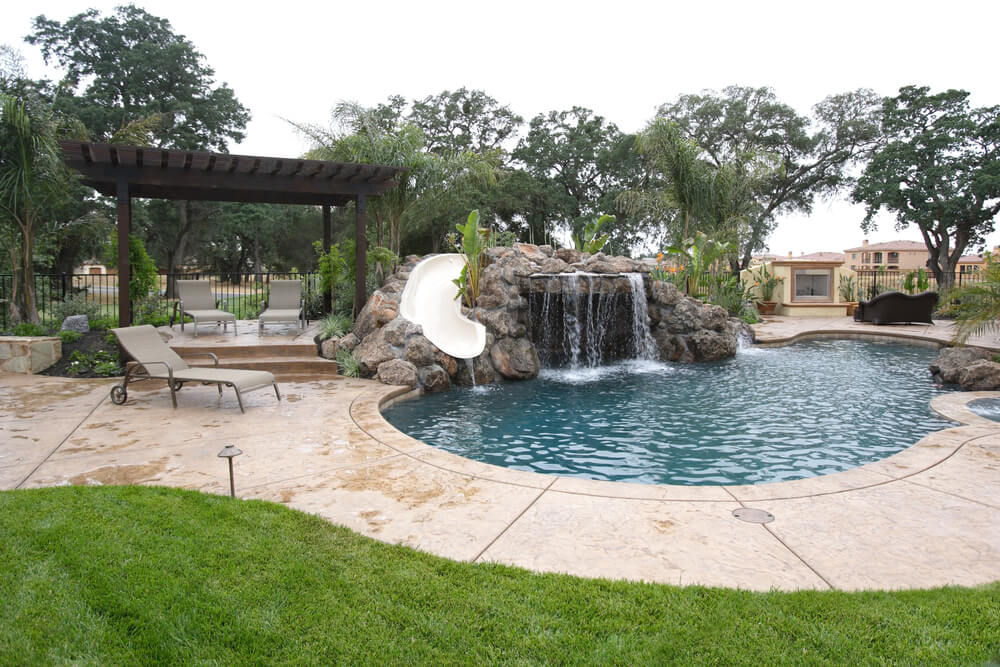
Innovative Hardscaping Techniques
Sound-Redirecting Structures
Sound-redirecting structures are an innovative approach to managing noise in a backyard setting. These structures, such as strategically placed walls and large planters, can alter the path of sound waves, redirecting them away from the main seating or relaxation areas. Stone walls are particularly effective due to their dense and solid nature, which not only blocks noise but can also reflect it in a way that minimizes its presence.
Curved walls or structures can be designed to deflect sound more efficiently, dispersing noise rather than allowing it to concentrate in one area. Large planters filled with dense vegetation can serve a dual purpose, providing both aesthetic value and acoustic benefits by absorbing sound. Additionally, using materials like brick or concrete for these structures enhances their sound-mitigating properties.
Integrating Acoustic Barriers
Integrating acoustic barriers into backyard landscapes is an effective strategy for reducing unwanted noise. These barriers are specifically designed to block or absorb sound, making them a valuable addition to any noise reduction plan. Acoustic panels can be installed on existing fences or walls to enhance their sound-blocking capabilities.
These panels often use materials such as mass-loaded vinyl or foam composites that are highly effective in dampening sound. For a more natural look, acoustic barriers can be disguised with decorative elements or integrated into garden structures like pergolas or trellises. This allows them to blend seamlessly into the landscape while still serving their functional purpose. Additionally, acoustic barriers can be combined with other noise-reducing features such as dense foliage or water elements to maximize their effectiveness.
By incorporating these barriers, contractors can help homeowners create a quieter, more enjoyable outdoor environment, enhancing the overall experience of their backyard spaces.
Visit Us!
If you want to know more about quiet backyard options, and how to make them magical, you can call us now! Our team is here to help, guide and direct you into greater quality options for your home.
